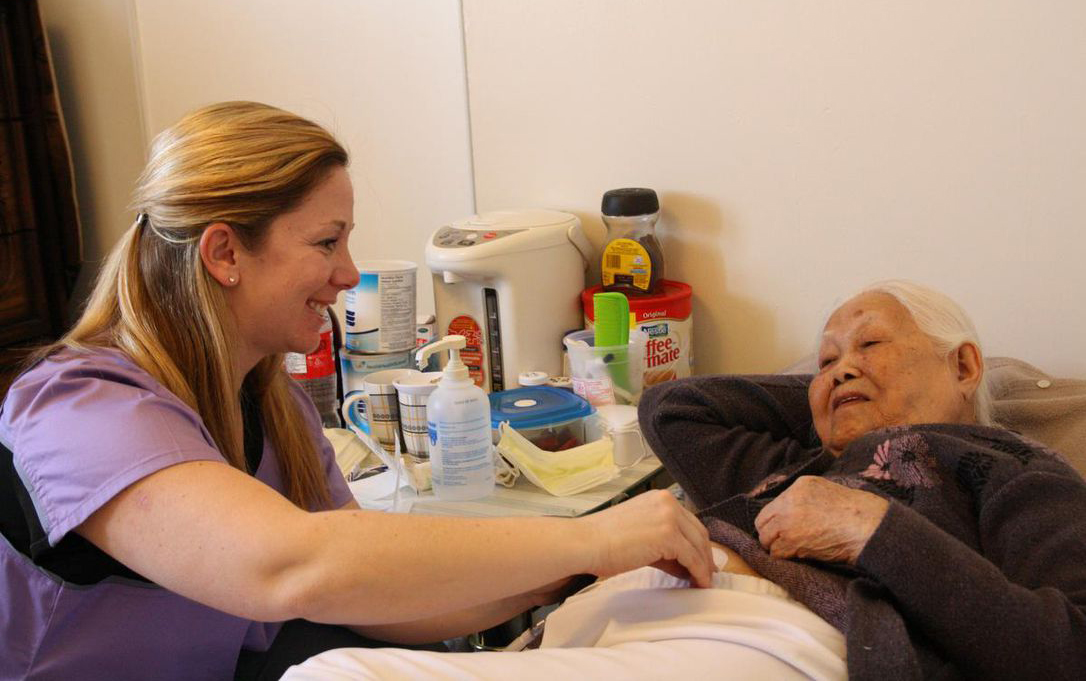
Written by Dr. David Price
Carrie’s mother strode into my office without knocking. I could tell that she was upset. But she wasn’t just upset, she was angry. Really angry. With me.
“How could you? How could you say to me, in front of my daughter, a 14-year-old (!) that her headaches might be a sign of a brain tumor? She is in the car crying her eyes out and asking me if she’s going to die. How dare you scare my daughter like that!”
Perhaps I should back up a little bit here in this story. Carrie was a “squeeze-in” on a busy Friday afternoon. The sticky note on the chart said “migraine”. As I soon as I walked into the exam room the mother informed me that she had migraines as a teenager, and her daughter was now experiencing them for the last few weeks and needed medication. It would have been easy to have just asked a couple of questions of the mother, written a prescription and hurried on to my next, already waiting for 20 minutes patient.
Instead, I followed my usual practice and asked Carrie to describe what was going on. She described having daily headaches, typically worse in the morning, resolving by the time she got to school. There had been days she had missed school because of the headaches, and they were not exclusively just in the morning. Some had started later in the day, and on a couple of occasions she had not been able to get to sleep because of a headache which came on in the hour or so before going to bed. Carrie was very articulate, mature for her 14 years, and talked about her headaches in a fairly matter-of-fact way.
I then proceeded to do a targeted physical exam which was normal, including fundoscopy looking for papilledema. (During my rotating internship, a medical student working on our team identified that she thought a particular patient had papilledema. I looked in the patient’s eyes, was not able to convince myself that anything was out of the normal, and said so to the patient. I was wrong. She did have papilledema and presented more definitively a few hours later. A lesson in humility not easily forgotten, and an event I was reminded of years later when that same medical student arrived in Hamilton as a senior physician leader. Graciously, when I shared that story with her, she denied remembering it).
Back to my patient; after my history and physical I was pretty sure this patient did not have migraines, but obviously was concerned that she might have a brain tumor. (The incidence of a brain tumor in an adolescent is somewhere around 5/100,000. Which means, that if I look after 500 children over the course of my career in medicine, the odds of diagnosing a brain tumor in that population would be .001%). This, of course, is the fundamental challenge of family medicine: identifying the one or two patients seen over the course of a week/month who actually have a critical illness. Finding the right balance between being overcautious and missing critical or rare diseases, is something that is a lifelong learning process for most of us.
So, now it is nearly 5 o’clock on a Friday afternoon. What would you do if you were in my shoes? Do you phone the radiologist on call at your local children’s hospital and request an urgent CT scan? Send to your local pediatric emergency and have the patient wait anywhere from 4 to 12 hours for a second opinion from an emergency physician? Or send them home with clear instructions about what to look for? A family physician has to wrestle with these decisions many times every week.
I chose the last option, explaining to both my patient and her mother that I wasn’t sure what was going on, but within my differential diagnosis was the remote possibility of a brain tumor. My plan was to request an urgent referral to a pediatrician, knowing that it would be the following week before she would be seen. In the meantime, if she started waking in the morning with more severe headaches or was to start to experience vomiting with that early-morning headache, she should go to the emergency and let the staff know that that her family doctor was concerned about the possibility of a brain tumour. Carrie seemed in agreement with this and understood the plan, as did her mother.
The mother, on her return visit 20 minutes later to my office, remonstrated to me for scaring her daughter who cried all the way home worrying that she might die. The mother told me I had no business bringing up the potential of this terrible diagnosis, that I had needlessly scared her daughter, and that she would be taking this up further with my superiors. I assumed she meant the College.
“First, do no harm”. I wondered if my abundance of caution had caused undue distress, especially given the extremely low likelihood that this was in fact a serious diagnosis.
On the Monday morning Carrie was seen at the children’s hospital emergency with a second consecutive morning of vomiting and a severe headache. She had surgery on the Wednesday, and I saw her a few times in the hospital afterwards. She made a good recovery with the neurological deficits having mostly resolved a year later.
This story represents the inherent challenge of family medicine. Most of us will never, ever, see an adolescent presenting with a brain tumor. None of us will see the vast majority of extremely rare diseases. But of course, we will all see a handful of rare diseases. The question is, how does one pick out a patient with a rare illness out of the thousands and thousands of patient visits that each of us provides over a career?
We have all seen the patient where we think, “I wonder if this is something more sinister than just a simple, (insert anyone of the common syndromes) we see every day”? A pediatric neurologist or neurosurgeon will see dozens, if not hundreds, of children with brain tumors over their careers. What they won’t see however, is hundreds and hundreds of children/adolescents with tension headaches, muscle strain headaches, simple migraines, etc. As family physicians it is a challenge to figure out what the appropriate level for our “spidey sense” should be. Set it too high and we will be sending every second patient for unwarranted tests. Set it too low and inevitably we will miss a serious illness where early intervention could significantly alter the patient’s health trajectory. That’s the Goldilocks challenge of family medicine; figuring out how to set our spidey sense at just the right level. I got lucky that Friday afternoon; my spidey sense was set at just the right level. But of course, there have been many, many Friday afternoons both before and since where my spidey sense was set too high resulting in unnecessary costs to the system, and potentially inadvertent consequences to the patient, and other times too low leading to adverse outcomes for my patients. That is the challenge we face day in and day out in family medicine. I wonder though, if that tension of trying to get it right contributes to our sense of fatigue and burnout? More on this next time.
Epilogue: A good three or four years after her surgery I saw Carrie and her mother for headaches again, requesting an urgent re-referral to the neurosurgeon. After a history and physical, I was pretty certain that she was experiencing a form of tension headache. I advised them of such with some suggestions to alleviate her symptoms. The mother was naturally concerned given what they had gone through previously, and started to insist on an urgent referral. I was about to acquiesce, when Carrie now 18-years-old, turned to her mother and said “I don’t need a referral, or a scan. When David wasn’t sure, he told us so and talked about the possibility of a brain tumor. I trust him and I trust him to tell me the truth”. In spite of that vote of confidence, I was still a bit nervous given her previous history and advised that if her symptoms didn’t clear up in a few days, or worsened, that she should let me know and we would arrange for urgent follow-up. I next saw her about six months later for a completely different issue, and no mention was made of any headaches.
Image Credit: ©azrisuratmin – Can Stock Photo Inc.







